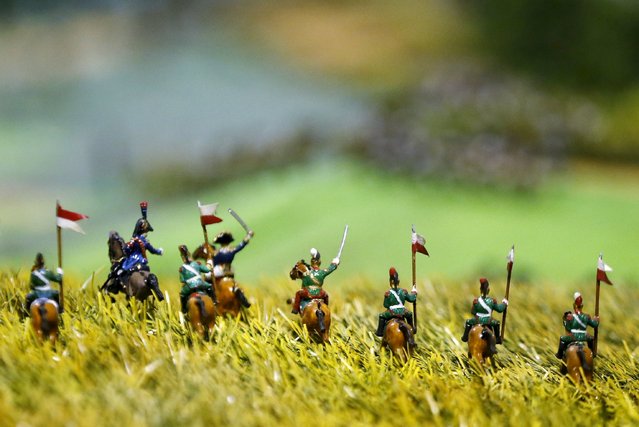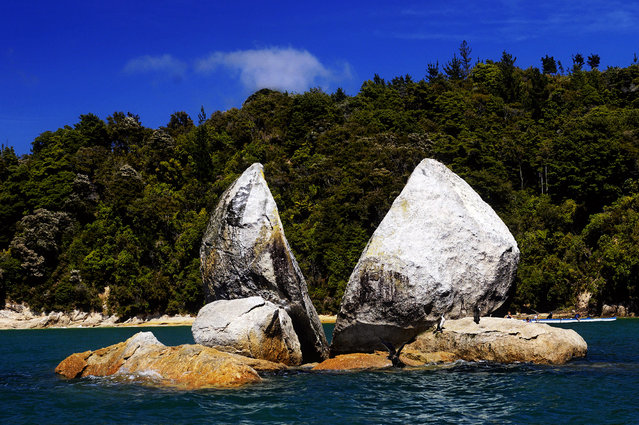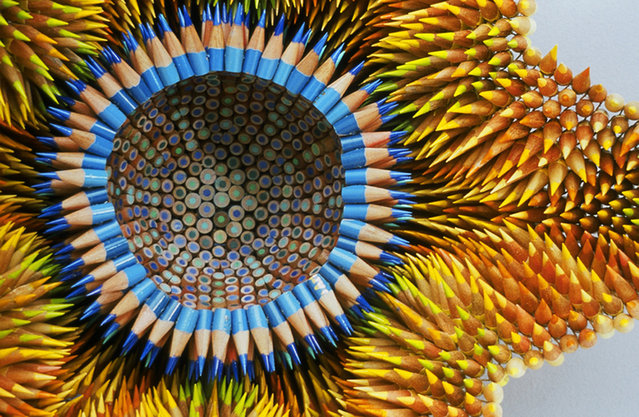
Figurines representing French Brigade of Lancers are seen on a 40-square-metre miniature model of the June 18, 1815 Waterloo battlefield, in Diest, Belgium, in this picture taken on April 29, 2015. Waterloo enthusiast Willy Smout said he spent 40,000 hours and around 150,000 euros over the past 40 years, to recreate the battlefield as closely as possible in a purpose-built room in his house. (Photo by Francois Lenoir/Reuters)
06 May 2015 13:42:00,post received
0 comments







